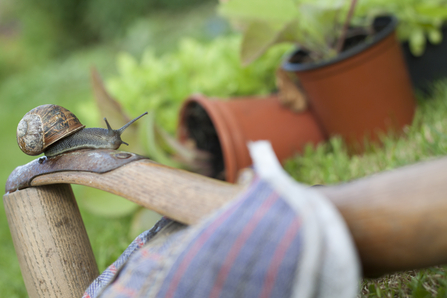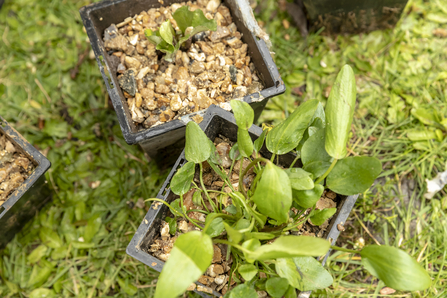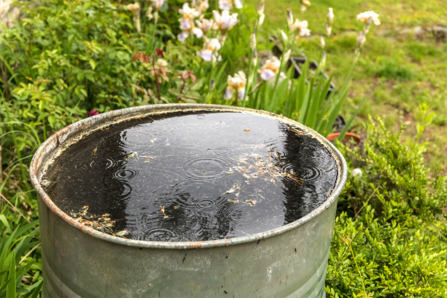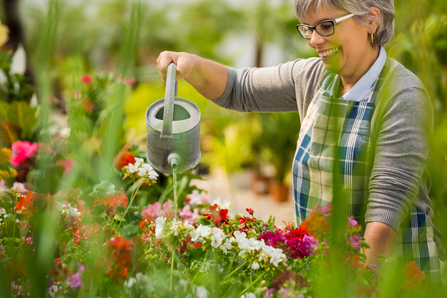A yard or garden can be a precious slice of the great outdoors, but keeping them green can have serious implications for nature. In Hampshire, much of our water is drawn from the chalk aquifer that feeds our beautiful chalk streams - this can cause a shortage in the streams and real problems for wildlife.
One way to tackle this issue is by changing the way we manage our outdoor spaces. No matter whether you have window boxes or rolling lawns, there are lots of ways to make water work harder. With a bit of advance planning, you can even be preparing your plants for a heatwave during the winter drizzle.
The Royal Horticultural Society (RHS) have lots of great advice on this topic, so we definitely suggest exploring their wider resources using the links below. With that in mind, let's take a look at how to save water in your garden all year round!





